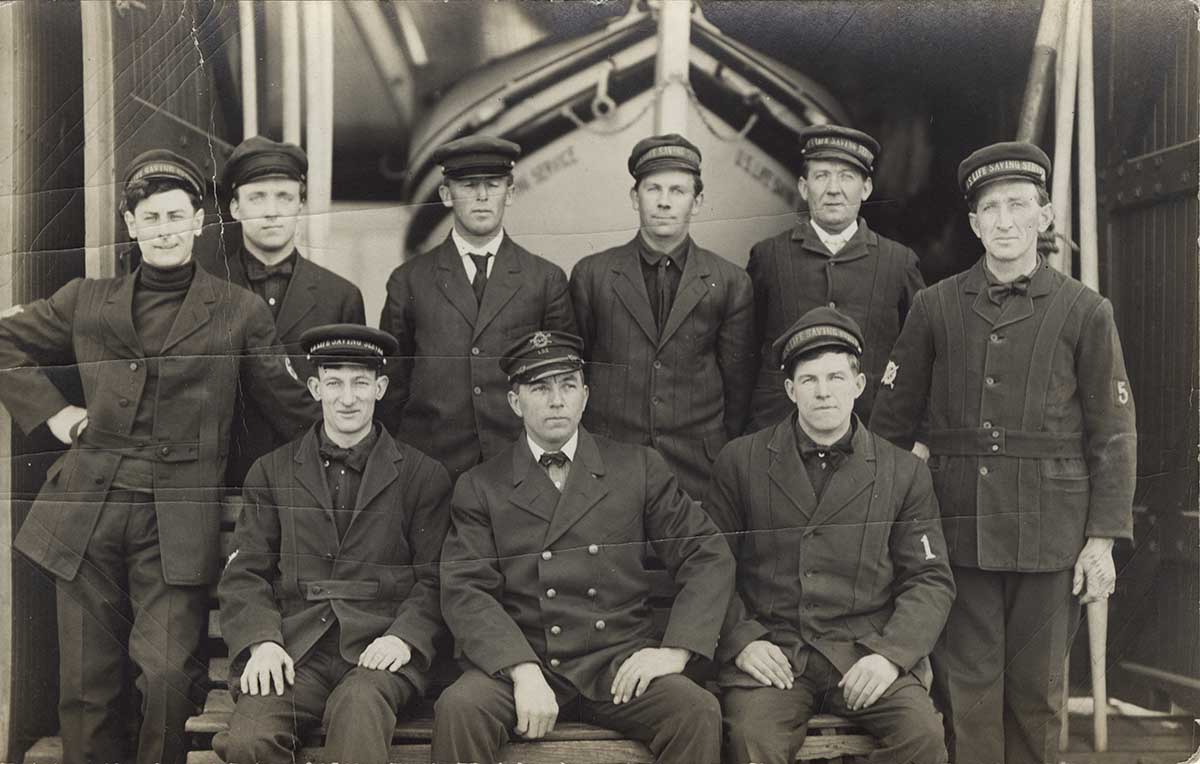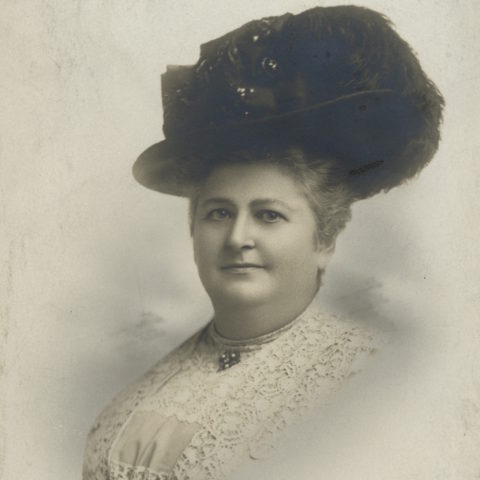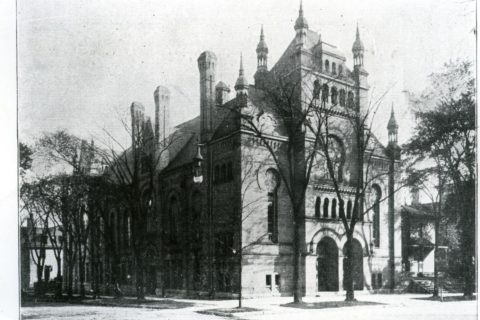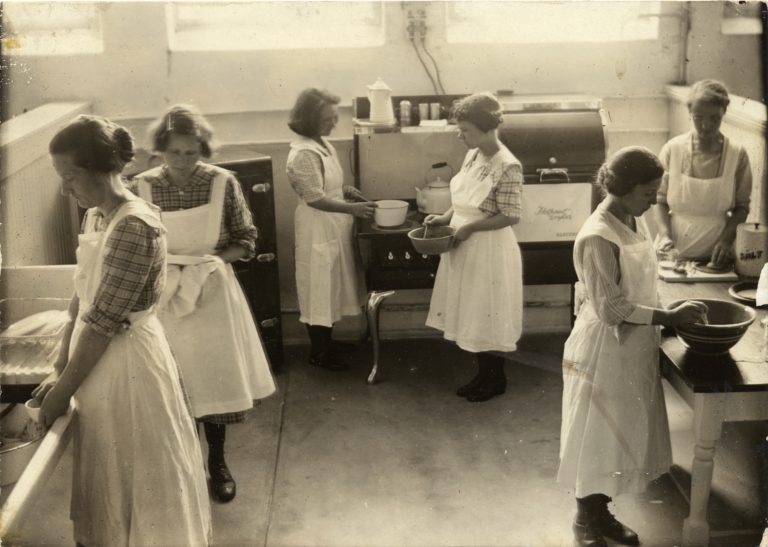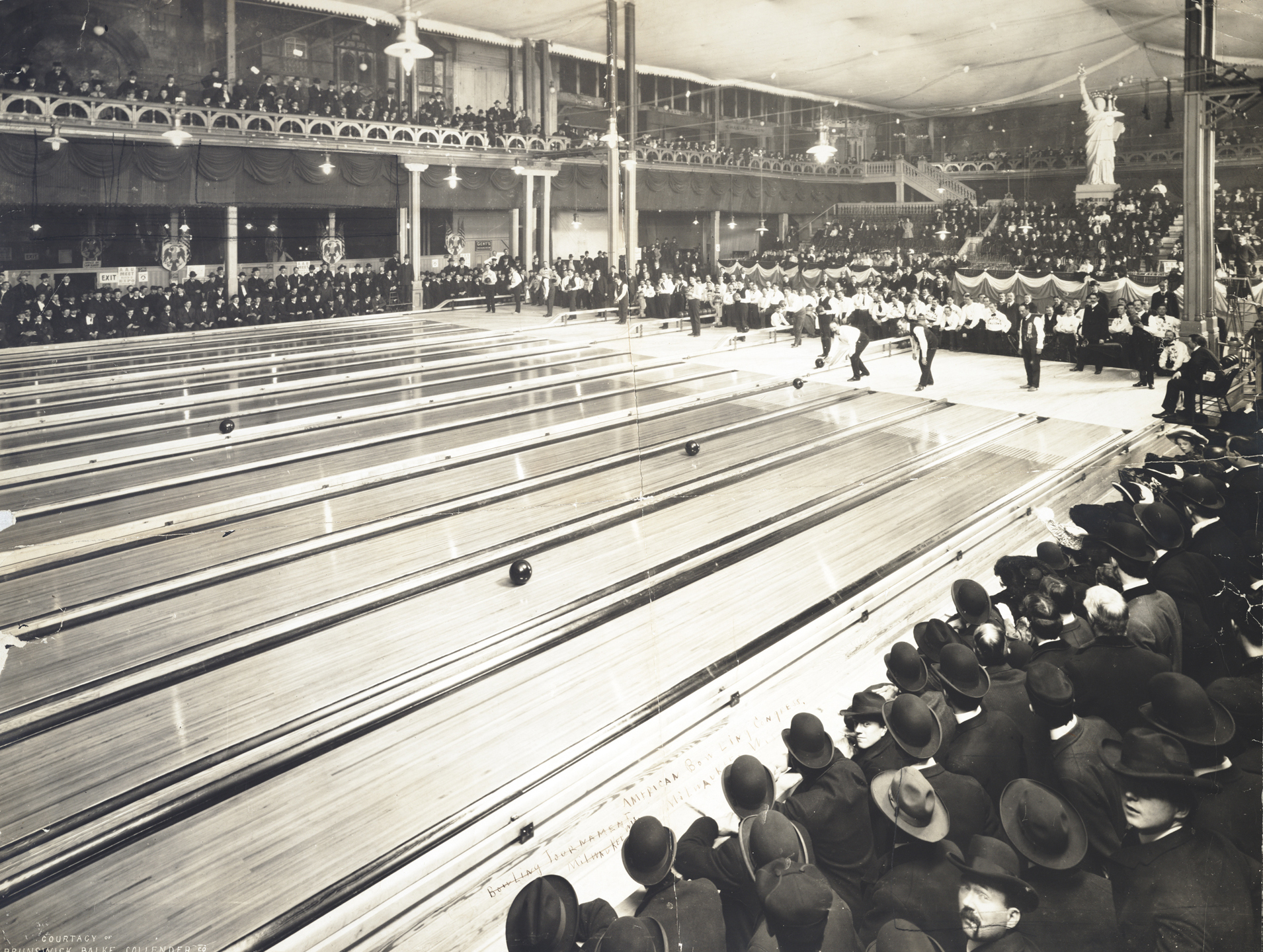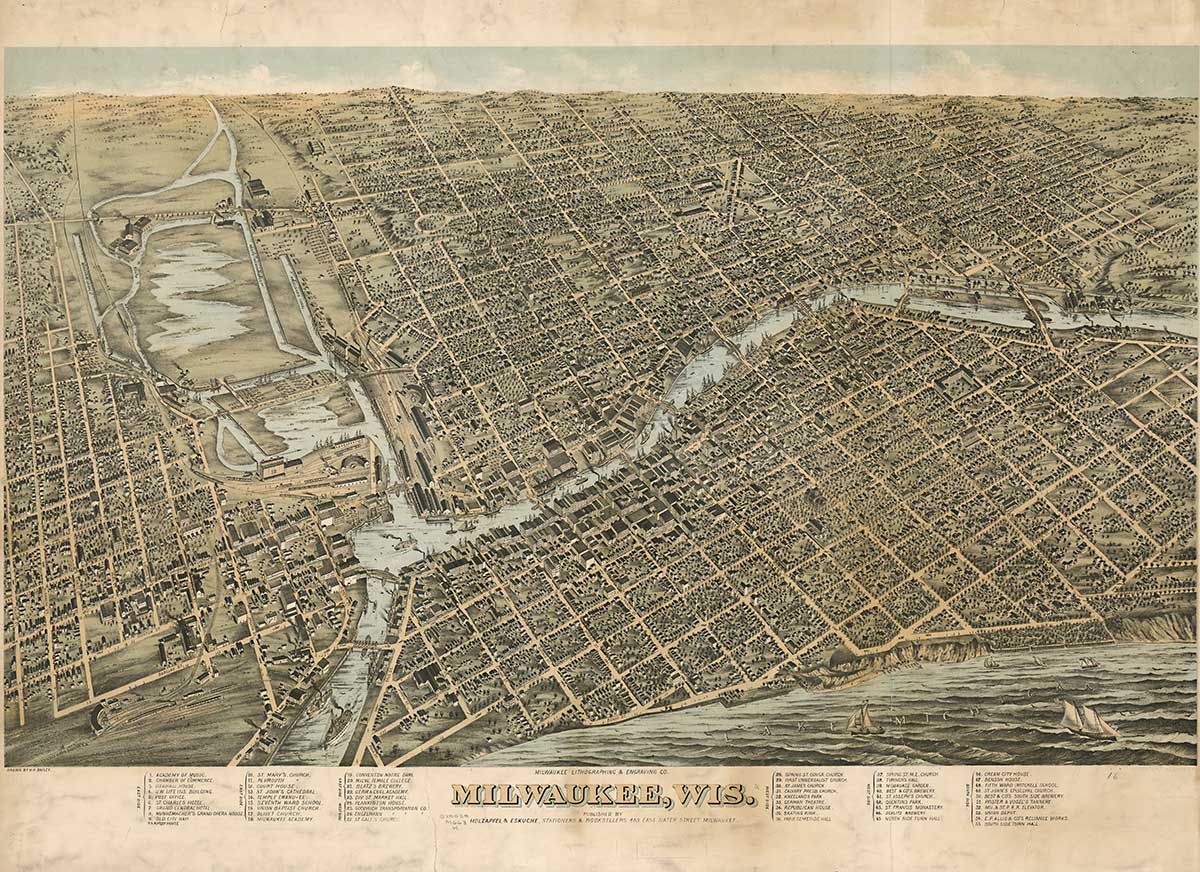The Rescuers of the Tanner
On September 10, 1875, six rescue boat volunteers were dispatched to aid the crew of the Tanner, a cargo ship foundering in Milwaukee Harbor after being struck by a powerful storm. All six of the rescue boat volunteers – but not the captain…
